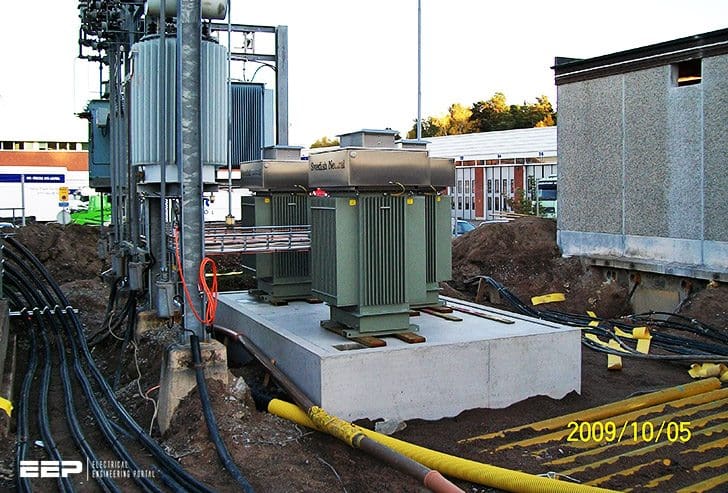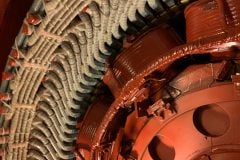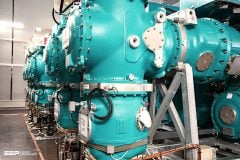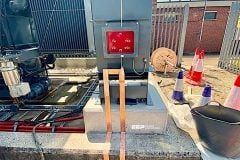Earthing (or Grounding) Term
The term earthing or grounding means connecting the non-current-carrying parts of the electrical equipment or the neutral point of the supply system to the general mass of earth in such a manner that all times an immediate discharge of electrical energy takes place without danger.

The neutral grounding is an important aspect of power system design because the performance of the system in terms of short circuits, stability, protection, etc., is greatly affected by the condition of the neutral.
Contents:
- Objects Of Earthing
- Classification Of Earthing
- Isolated Neutral Or Undergrounded Neutral
- Advantages Of Neutral Grounding
- Methods Of Neutral Grounding










